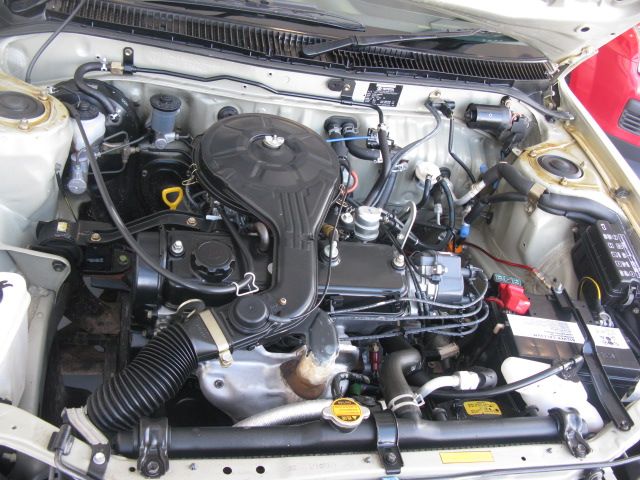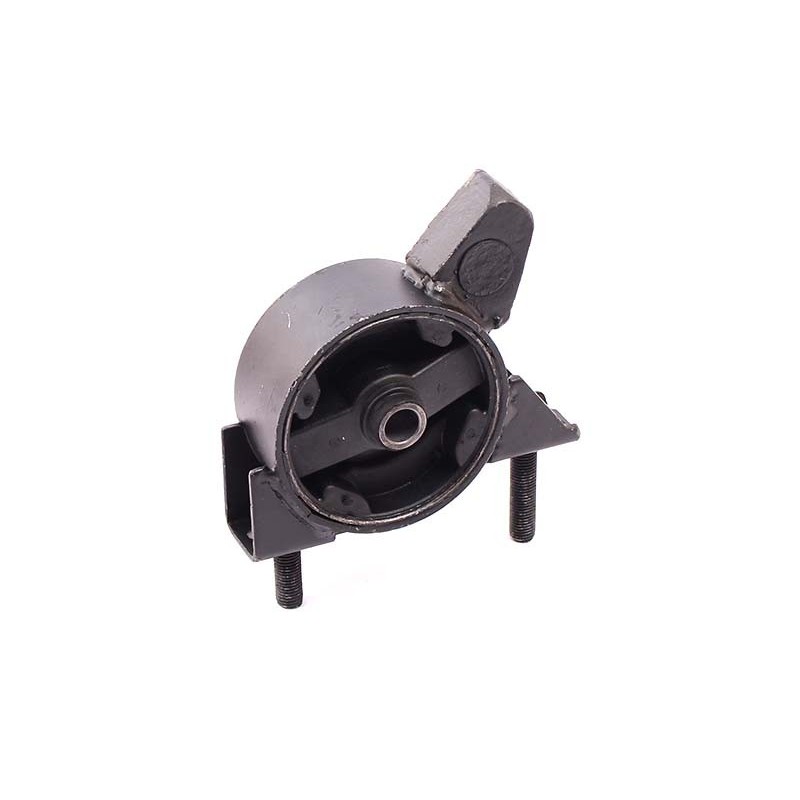Toyota Tazz: A Compact Car That Offers Big Value and Long-Term Durability
Toyota Tazz: A Compact Car That Offers Big Value and Long-Term Durability
Blog Article
Explore the most up to date Patterns in Engine Innovation Via Tazz
In the swiftly developing landscape of auto innovation, Tazz stands at the leading edge, highlighting considerable innovations in engine systems that focus on both development and sustainability. tazz. From crossbreed engines that maximize gas efficiency to the development of hydrogen gas cells, the trends shaping modern powertrains are not just boosting efficiency however additionally dealing with important ecological difficulties. As the market proceeds to push boundaries, it is necessary to consider how these growths will affect future transport services and the broader ramifications for international energy intake. What exists ahead in this essential change?
Crossbreed Engine Innovations
Hybrid engine innovations stand for a pivotal change in automobile technology, combining the advantages of interior combustion engines with electrical propulsion systems. This combination not just improves gas effectiveness but additionally decreases exhausts, conference progressively rigorous environmental laws. By using both power resources, hybrid engines can maximize efficiency, providing power when required while conserving gas throughout less requiring motoring conditions.
Recent advancements in crossbreed innovation consist of enhancements in battery performance and regenerative braking systems. These technologies enable greater energy recovery during deceleration, which can be redirected to assist in acceleration or power auxiliary systems. Producers are focusing on lightweight materials and compact designs to maximize the performance of crossbreed powertrains.
The advancement of plug-in hybrids has additionally broadened the market, enabling chauffeurs to charge their vehicles utilizing common electric outlets. This feature frequently enables substantial all-electric variety, further decreasing reliance on conventional fuels. tazz. As the automotive sector remains to evolve, hybrid engine modern technologies are expected to play an important duty in connecting the gap between standard automobiles and completely electric designs, offering a transitional solution that accommodates diverse customer needs and preferences
Breakthroughs in Electric Powertrains
The automobile landscape is swiftly developing, with electric powertrains emerging as a leading force in lasting transport. Advances in electric car (EV) innovation are substantially enhancing efficiency, effectiveness, and customer experience. Key advancements consist of renovations in battery chemistry, which have actually boosted power density, minimized charging times, and expanded general battery life.
Solid-state batteries, as an example, assure to change the market by providing greater safety and security and effectiveness contrasted to typical lithium-ion cells. Developments in regenerative stopping systems are making it possible for cars to recoup energy throughout deceleration, adding to general performance.
In addition to battery modern technology, electrical motor designs are becoming a lot more innovative. Developments such as incorporated motors and advanced thermal management systems are assisting to maximize power delivery and lower weight, ultimately enhancing vehicle characteristics.

Jointly, these advances emphasize the commitment to transition in the direction of cleaner, a lot more efficient transportation remedies, placing electric powertrains at the center of automobile innovation.
The Increase of Hydrogen Fuel Cells
Progressively, hydrogen fuel cells are gaining grip as a practical alternative to typical internal burning engines and battery electric lorries. This innovation uses the chemical energy kept in hydrogen, transforming it into electrical energy through an electrochemical reaction with oxygen. The key byproduct of this process is water, making hydrogen gas cells an eco friendly option with no exhausts at the tailpipe.

Car manufacturers are progressively spending in hydrogen fuel cell modern technology, acknowledging its potential for long-range applications and quick refueling capacities that equal conventional gas. Additionally, sectors such as durable transport and public transit are especially well-suited for hydrogen gas cells, where battery electric remedies may fall short as a result of weight and array restrictions.
As research study and financial investment remain to expand, hydrogen fuel cells are positioned to play a substantial role in the future landscape of clean transportation and energy options.
Enhancements in Internal Burning Engines
Innovations in inner burning engine (ICE) technology are transforming conventional cars to satisfy contemporary environmental standards and performance expectations. One of the most significant enhancements involves the integration of innovative gas shot systems. These systems maximize the air-fuel blend, enhancing combustion efficiency and causing lowered discharges. Direct fuel shot, for example, enables far better atomization of gas, causing more full burning and improved power output.
In addition, turbocharging has gotten prestige, allowing smaller engines to supply greater efficiency without the weight of larger engines - view it tazz. This technology not just boosts performance but likewise adds to lower fuel intake. Variable shutoff timing systems are likewise being refined, making it possible for engines to adjust to various driving problems for improved torque and responsiveness
Additionally, the use of light-weight materials in engine building is coming to be standard, further boosting gas effectiveness by lowering overall vehicle weight. Engine control systems (ECUs) are increasingly innovative, allowing real-time adjustments that maximize efficiency and exhausts.
These improvements collectively represent a crucial shift in ICE technology, straightening with global sustainability objectives while still supplying the efficiency vehicle drivers anticipate from their automobiles. As the sector develops, these renovations remain to form the future of typical auto design.
Future Patterns in Engine Efficiency
Significant developments in engine efficiency are expected as producers concentrate on incorporating cutting-edge modern technologies to satisfy rigorous ecological policies and customer demands. The shift in the direction of electrification, hybrid systems, and different gas is improving the automobile landscape, driving innovations that improve gas economic situation and lower exhausts.
One of the vital fads is the application of sophisticated products and producing techniques. Light-weight compounds and high-strength alloys add to lowered automobile weight, therefore enhancing general efficiency. Additionally, the fostering of turbocharging and variable shutoff timing innovations permits boosted power output from smaller engines, better boosting gas economic situation.

Final Thought
In verdict, the expedition of engine technology discloses substantial advancements that focus on sustainability and efficiency. Technologies in hybrid engine systems, electric powertrains, and hydrogen gas cells demonstrate a commitment to minimizing discharges while enhancing efficiency. Improvements in internal burning engines and a focus on light-weight materials add to general engine effectiveness. As the automotive sector continues to evolve, these patterns will play a critical role in forming a cleaner and even more sustainable future for transportation.
From hybrid engines that enhance gas effectiveness to the appearance of hydrogen gas cells, the fads shaping modern-day powertrains are not only enhancing efficiency but likewise addressing essential ecological difficulties.Crossbreed engine developments stand for an essential change in automobile technology, incorporating the benefits of interior combustion engines with electrical propulsion systems.Furthermore, read this post here turbocharging has obtained importance, allowing smaller engines to provide greater performance without the weight of bigger engines. Additionally, the adoption of turbocharging and variable shutoff timing technologies allows for improved power result from smaller sized engines, even more enhancing gas economic situation.
Renovations in inner burning engines and an emphasis on light-weight products contribute to overall engine effectiveness.
Report this page